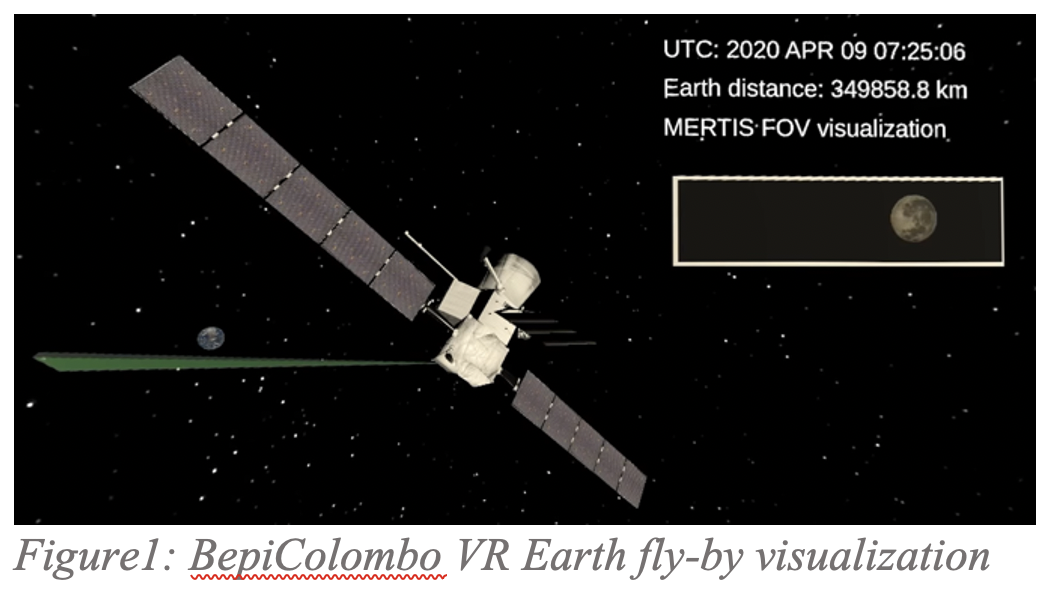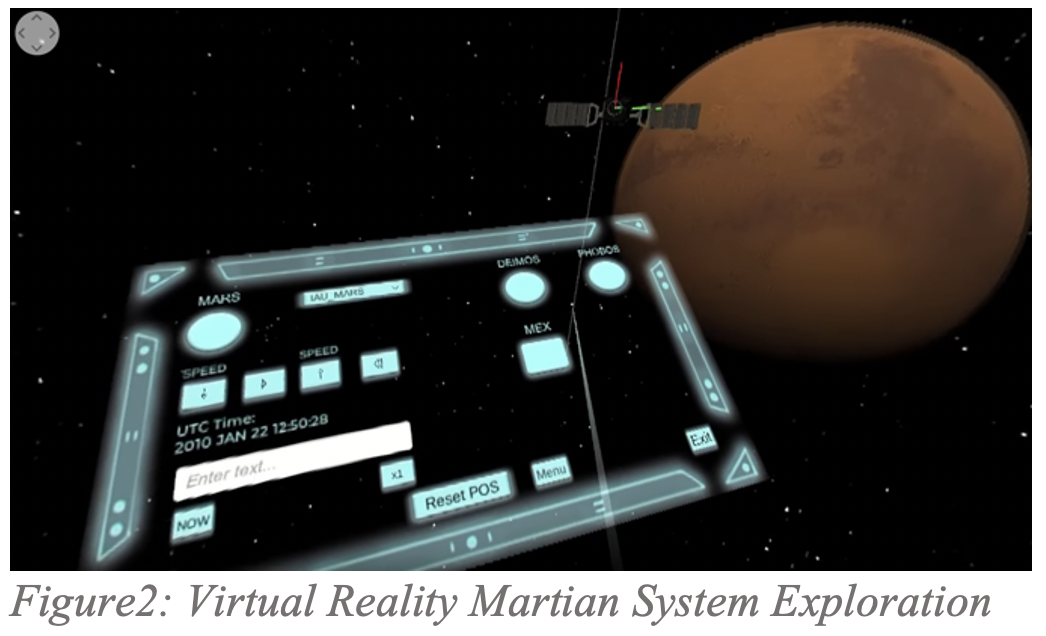Introduction: The addition of new data products, new tools, and new portals has significantly expanded the utility and capabilities of NASA’s Solar System Treks (https://trek.nasa.gov) as a valuable suite of tools facilitating Solar System education, engagement, and inspiration among learners of all ages. This presentation reports on new developments, provides examples of the project’s STEAM utilizations, and looks ahead to future developments and applications.
An Integrated Suite for Solar System Data Visualization and Analysis: NASA's Solar System Treks Project (SSTP) online portals provide web-based suites of interactive visualization and analysis tools to enable mission planners, planetary scientists, students, and the general public to access mapped data products from past and current missions for a growing number of planetary bodies. These portals are being used for site selection and analysis by NASA and its international and commercial partners supporting upcoming missions. The portals offer great benefits for science, technology, engineering, art, and math (STEAM) education and public outreach, providing access to data from a wide range of instruments aboard a variety of past and current missions. As a component of NASA's Science Activation Infrastructure, they are available as resources for NASA STEAM programs, and to the greater STEAM community. As new missions are planned to a variety of planetary bodies, these tools facilitate public understanding of the missions and engage the public in the process of identifying and selecting where these missions will land.
As of early 2022, 11 web portals in the program are available to the public. This expanded list includes portals for the Moon; the planets Mercury, Venus, and Mars; the asteroids Bennu, Ryugu, Vesta, and Ceres; and the outer moons Titan and Europa. The Icy Moons Trek portal features seven of Saturn’s smaller icy moons. All of the portals are unified under a project home site with supporting engagement content. As web-based toolsets, the portals do not require users to purchase or install any software beyond current web browsers.
Latest Additions and Enhancements: Two new portals were released in 2021 as were some new tools that were available to the general user.
Europa Trek Portal. As both the Europa Clipper and JUICE missions continue to progress toward their upcoming launches, SSTP released a new portal for Jupiter’s moon, Europa. The initial release features the Europa Voyager - Galileo Blend Color Mosaic as its basemap. Also included is the Europa Voyager - Galileo SSI Global Mosaic 500m v2. Future additions will include high-resolution regional data from Galileo.
Venus Trek Portal. With NASA’s announcement in 2021 of its selection of the DAVINCI+ and VERITAS Discovery missions to Venus, SSTP developed and released the new Venus Trek portal. The initial release of the portal features a variety of Magellan mission SAR data. The portal will promote understanding of the surface features of Venus and provide an important and timely enhancement to the Solar System Treks suite’s capabilities for comparative planetology.
New Tools Available to General Users. A new capability augmenting engagement activities was added to the Moon and Mars portals in 2021. The “Country Mover” Tool allows a user to select any state in the U.S. or country in the world, and overlay, drag, and drop a scale outline of that entity on top of the surface of the Moon or Mars. This allows members of the public to better appreciate the true sizes of features on other worlds by being able to directly compare them to local examples with which they are familiar.
SSTP’s new Data Plotter tool provides both tabular and graphical representations of pixel values for a growing number of raster data products.
Diverse Applications Among Diverse Audiences: The Solar System Treks capabilities supporting the mission planning and planetary science communities are reported elsewhere [1]. Here, we give some examples of its STEAM utilization among diverse audiences.
Solar System Treks portals are in use by high school students conducting studies guided by researchers through the LPI’s ExMASS program. One example, in which students examined potential fluvial features on Vesta was presented at the 2021 joint NASA Exploration Science Forum (ESF)/European Lunar Symposium [2]. Additional current student studies include examination of key features of interest for upcoming lunar exploration.
Diverse audiences of K-12 students continue to be engaged through presentations and workshops for teachers and for students. These have included locations and audiences in diverse locations including Silicon Valley, the Navajo Nation, Hawaiian Homeland Schools, Japan, South Korea, and many more.
Engagement in The Age of Artemis: In 2022, a new generation of lunar surface exploration missions is scheduled to begin through NASA’s Artemis program. In advance of Artemis’ human missions, robotic missions through Artemis’ Commercial Lunar Payloads Services (CLPS) initiative will begin lunar landings this year. SSTP’s Moon Trek portal is an outstanding tool for the public to become familiar with our proposed lunar landing sites, learn about what makes these sites so interesting, and prepare to follow along as these missions unfold. We will continue to add new data products to the Moon Trek portal to better engage the public in the adventure of Artemis.
Future Enhancements: New portals for additional planetary bodies are in development including Earth and Mars’ moon Phobos. New capabilities to support citizen science are also being planned.
Acknowledgments: The authors would like to thank NASA’s Science Mission Directorate’s Science Engagement and Partnerships Division and Planetary Science Division, as well as NASA’s Human Exploration Operations Directorate for their support and guidance in the continuing development of the Solar System Treks Project.
References: [1] Law E. S. and Day B. H. (2020) Lunar Surface Science Workshop, 2020, 5080. [2] Daneman D. et al. (2021) Joint NASA Exploration Science Forum and European Lunar Symposium 2021.



